If you encounter the same problem, please read this post to get more knowledge and learn how to get rid of it.
2080.hit.buy-targeted-traffic.com is usually caused by the potentially unwanted programs you download to your computer recently. Once rooted, this pop-up will keep showing up on your browser and always trying to redirect your webpage to other third party websites which usually created for illegal marketing. Please be cautious with these websites and never click the links on the sites in case of infecting other malware.
2080.hit.buy-targeted-traffic.com can change your browser settings or even system settings. That is, you may find your homepage, start page, new tap page turn into other ones. There will also be suspected extension added on your browser and multiple temp files or cookies dropped on your computer. It can manage your browser so all the important data store on your browser will be easily exposed to risk. You will also notice that your computer will become slower and slower. If it stays long, it will gradually erode your system. You should remove it from your computer as soon as possible.
You should remove this pop-up and all the related programs from your computer completely. Otherwise, this pop-up will come back soon. Here is a guide with usually methods that will help you. Please keep reading.
If you want to get rid of this pop-up and restore all your changes quickly and easily, you can click the icon below to get SpyHunter – An adaptive spyware detection and removal tool that delivers ongoing protection against the latest malware, trojans, rootkits and malicious software.
What is 2080.hit.buy-targeted-traffic.com?
2080.hit.buy-targeted-traffic.com is usually caused by the potentially unwanted programs you download to your computer recently. Once rooted, this pop-up will keep showing up on your browser and always trying to redirect your webpage to other third party websites which usually created for illegal marketing. Please be cautious with these websites and never click the links on the sites in case of infecting other malware.
2080.hit.buy-targeted-traffic.com can change your browser settings or even system settings. That is, you may find your homepage, start page, new tap page turn into other ones. There will also be suspected extension added on your browser and multiple temp files or cookies dropped on your computer. It can manage your browser so all the important data store on your browser will be easily exposed to risk. You will also notice that your computer will become slower and slower. If it stays long, it will gradually erode your system. You should remove it from your computer as soon as possible.
How to Remove 2080.hit.buy-targeted-traffic.com?
You should remove this pop-up and all the related programs from your computer completely. Otherwise, this pop-up will come back soon. Here is a guide with usually methods that will help you. Please keep reading.
Highly Recommended Method
If you want to get rid of this pop-up and restore all your changes quickly and easily, you can click the icon below to get SpyHunter – An adaptive spyware detection and removal tool that delivers ongoing protection against the latest malware, trojans, rootkits and malicious software.
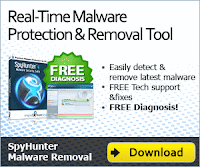
(SpyHunter offers free scanner for malware detection and there will be no other bundles or conflicts with your software. Please feel relieved about usage.)
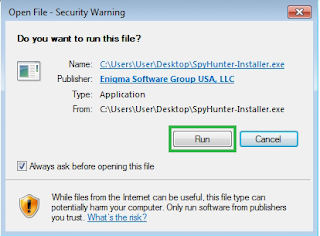
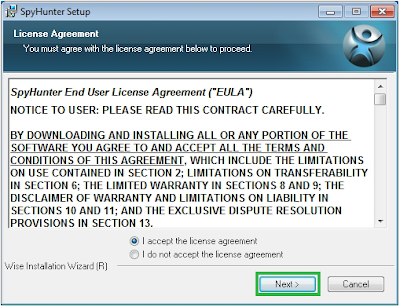
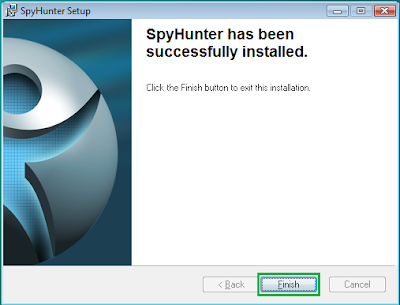
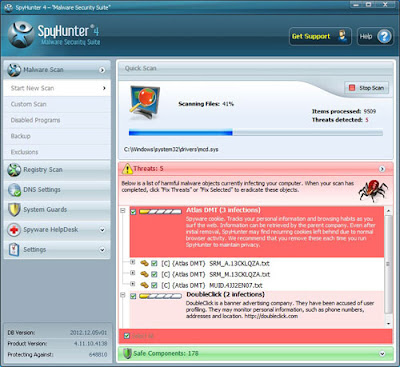
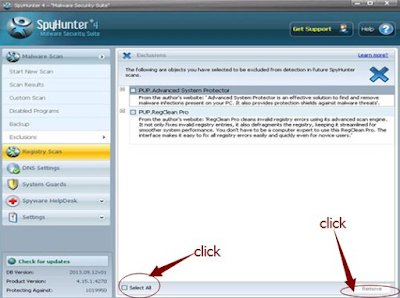
Method 1: Watch Relevant Removal Video for Help
Step
1: End suspicious process in Windows Task Manager.
Right click the blank Windows Taskbar and
select Start Task Manager to open. If your IE is infected and stuck in 2080.hit.buy-targeted-traffic.com,
you should end the main iexplorer.exe. FF and Chrome are respectively
corresponding to firefox.exe and chrome.exe.
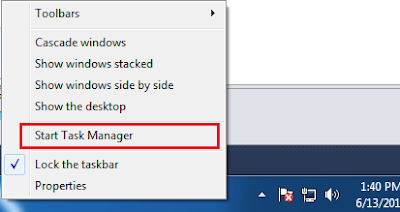
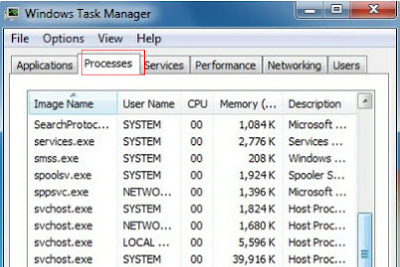


Step
2: Remove Bedidfbcif and ProPCCleaner from control panel.
Step 3: Remove browser hijacker from your browser and restore changes.
Internet Explorer
1. Open Internet Explorer, then click on the gear icon (Tools for Windows XP users) at the top (far right), then select Manage add-ons.
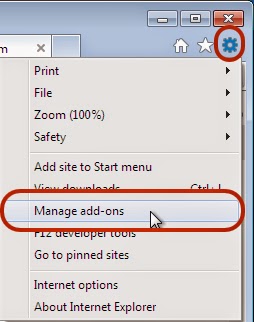
2. From the Toolbars and Extensions tab, select suspicious toolbar and right click on the item and the click Disable.
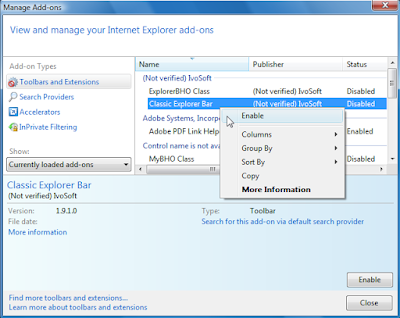
3. On Search Providers, remove unwanted search provider from the list and enable the one you want.
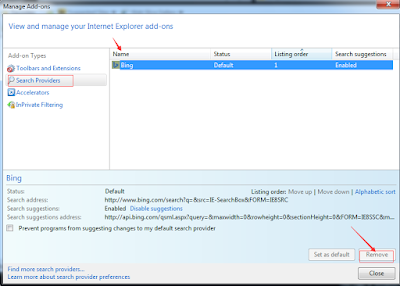
4. Click the General tab and move to the Home Page. Overwrite/remove the Home Page URL and click OK.
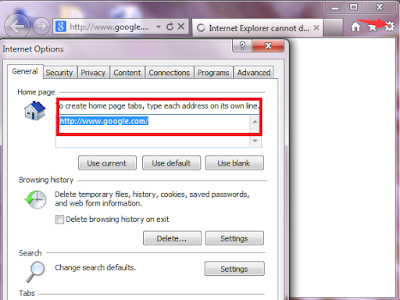
5. Open Internet Explorer, then click on the gear icon (Tools for Windows XP users) at the top (far right), then select Internet Option > advanced > reset
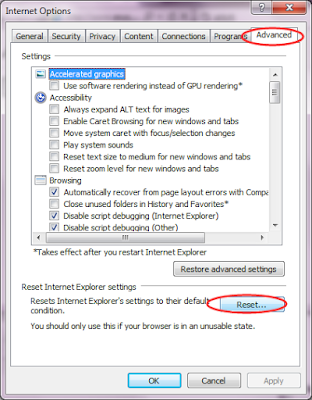
Mozilla Firefox
1. Click on the button at the top right corner to open Menu > Add-ons > Extensions
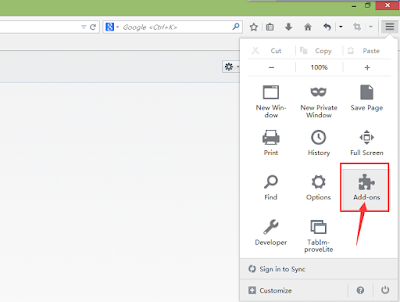
2. Find suspicious related add-ons and delete them.
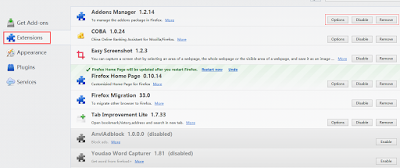
3. Simultaneously tap Alt+T keys and select Options. Click the General tab and move to the Home Page. Overwrite/remove the Home Page URL and click OK.
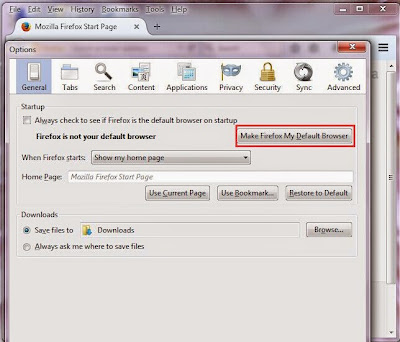
4. Open Firefox, press Alt + H, and select Troubleshooting Information > reset
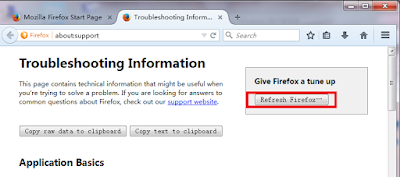
Google Chrome.
1. Click on the Customize icon(wrench or 3 bar icon) next to the address bar and navigate to Tools > Extensions.

2. Find suspicious related add-ons and delete them
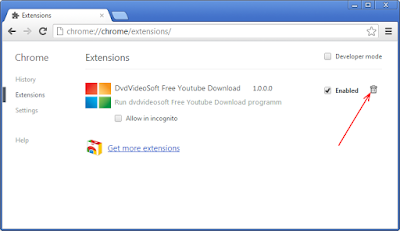
3. Move to Search and click Manage search engines…Click X on the URL of the search tool you want to remove. Click Done.
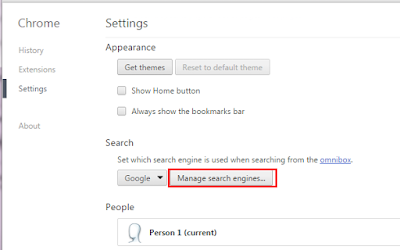
4. Select settings > advanced settings > reset
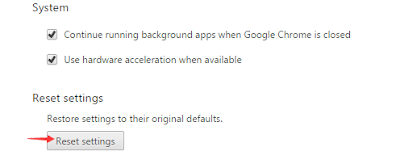
Step 4: Erase 2080.hit.buy-targeted-traffic.com from local disk.
Show hidden folder: start menu >> type 'folder options' and hit enter >> 'View' >> show hidden folder
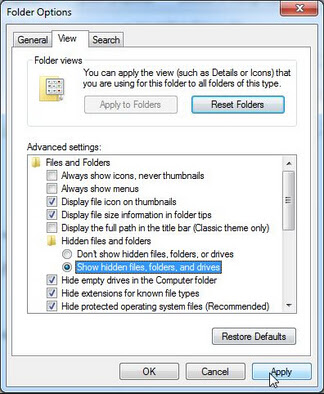
Delete suspicious files from the folders below.
%AppData%\<random>.exe
%CommonAppData%\<random>.exe
C:\Windows\Temp\<random>.exe
%temp%\<random>.exe
C:\Program Files\<random>
Windows 8 & Windows 8.1
- Slide the mouse cursor to the bottom right corner
of your screen.
- Click Settings on the Charm bar and go
to Control Panel.
- Select Uninstall a program and remove unwanted program.
Windows Vista & Windows 7
- Open the Start menu and click Control Panel.
- Go to Uninstall a program and remove wanted program.
Windows XP
- Open the Start menu and navigate to Control Panel.
- Select Add or remove programs and uninstall unwanted program.
Step 3: Remove browser hijacker from your browser and restore changes.
Internet Explorer
1. Open Internet Explorer, then click on the gear icon (Tools for Windows XP users) at the top (far right), then select Manage add-ons.

2. From the Toolbars and Extensions tab, select suspicious toolbar and right click on the item and the click Disable.

3. On Search Providers, remove unwanted search provider from the list and enable the one you want.

4. Click the General tab and move to the Home Page. Overwrite/remove the Home Page URL and click OK.

5. Open Internet Explorer, then click on the gear icon (Tools for Windows XP users) at the top (far right), then select Internet Option > advanced > reset

Mozilla Firefox
1. Click on the button at the top right corner to open Menu > Add-ons > Extensions

2. Find suspicious related add-ons and delete them.

3. Simultaneously tap Alt+T keys and select Options. Click the General tab and move to the Home Page. Overwrite/remove the Home Page URL and click OK.

4. Open Firefox, press Alt + H, and select Troubleshooting Information > reset

Google Chrome.
1. Click on the Customize icon(wrench or 3 bar icon) next to the address bar and navigate to Tools > Extensions.

2. Find suspicious related add-ons and delete them

3. Move to Search and click Manage search engines…Click X on the URL of the search tool you want to remove. Click Done.

4. Select settings > advanced settings > reset

Step 4: Erase 2080.hit.buy-targeted-traffic.com from local disk.
Show hidden folder: start menu >> type 'folder options' and hit enter >> 'View' >> show hidden folder

Delete suspicious files from the folders below.
%AppData%\<random>.exe
%CommonAppData%\<random>.exe
C:\Windows\Temp\<random>.exe
%temp%\<random>.exe
C:\Program Files\<random>
Step 5: Delete corrupted registry entries.
Press Win & R on your keyboard. Type 'regedit' and hit enter.
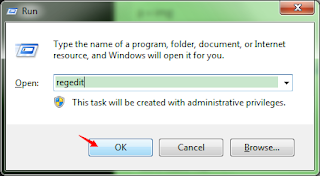

Click Edit > Find...
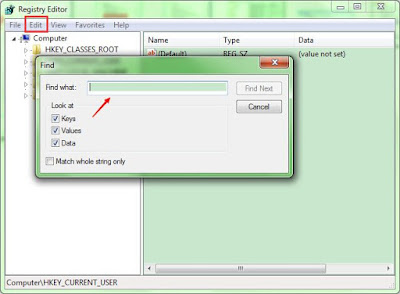

HKEY_LOCAL_MACHINE\SOFTWARE\<random>Software
HKEY_LOCAL_MACHINE\SOFTWARE\supWPM
HKEY_LOCAL_MACHINE\SYSTEM\CurrentControlSet\Services\Wpm
HKEY_LOCAL_MACHINE\SOFTWARE\supWPM
HKEY_LOCAL_MACHINE\SYSTEM\CurrentControlSet\Services\Wpm
After finishing all these steps, you may have already get rid of this browser hijacker. Good luck to you.
No comments:
Post a Comment